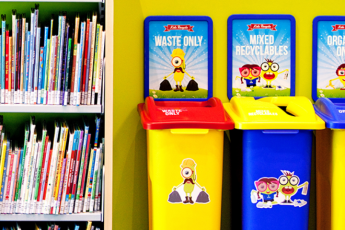What is an Environmental Effect Analysis (EEA)?
August 2, 2016
An Environmental Effect Analysis (EEA) is a method in product development to determine the product’s environmental impact. It is often used during the early stages of product design so it can consider the economic and technical aspects involved in creating the product.
There are various steps in conducting the EEA: preparation, environmental auditing, follow-up, and reporting. During the development stage, all relevant information on the product is collected, particularly its life cycle and its environmental impact. Following this, the environmental impact is then assessed by looking at the product’s entire life cycle from the collection of materials to create the product to its disposal at the end. Upon completing the environmental audit, a follow-up analysis should be conducted to ensure that the intended results are achieved with the planned changes. Finally, the information found must be compiled into a report that will interpret the information in a straightforward and informative manner.
—
Other Sources
Jensen, Carsten et al. Environmental Analysis (EEA) – Principles and Structure. http://www.aeki.se/d_583.pdf. Accessed August 4, 2016.












